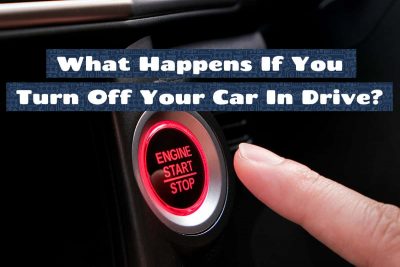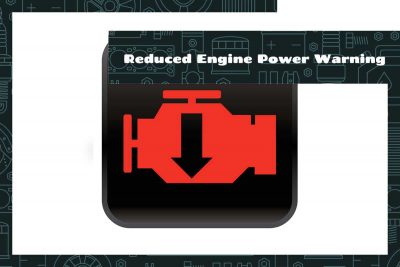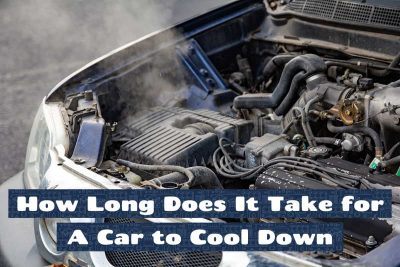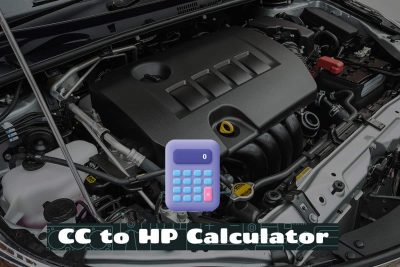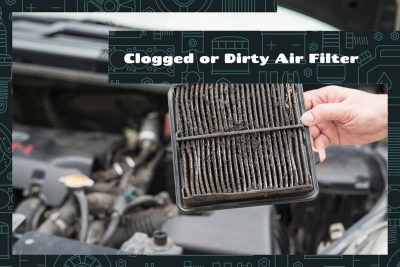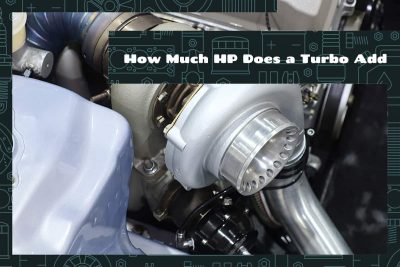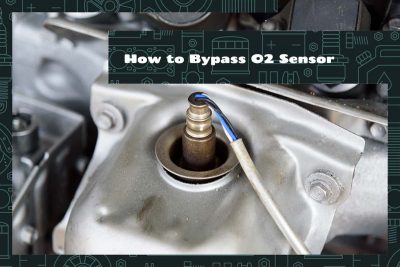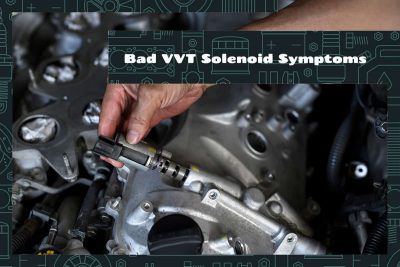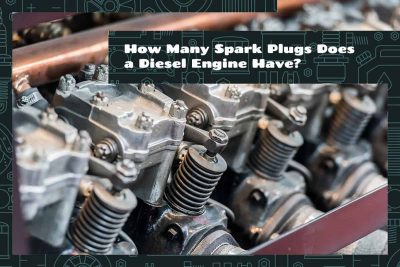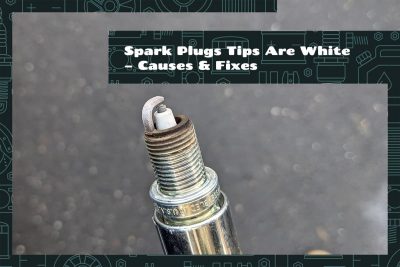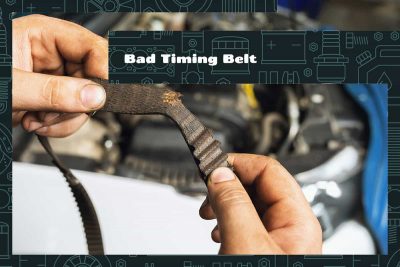If your car is at a full stop, turning it off while in drive won’t do anything except shut off the engine. If your car is in motion, doing this will result in losing power steering and braking, making the car more difficult to control.
In a closed deck engine, the top of the engine block around the cylinders is entirely closed except for small coolant passages, providing high rigidity and strength, ideal for high-performance applications. An open deck engine has a more substantial gap between the block and cylinders, allowing for better cooling but potentially less rigidity.
Driving can be a joy, a necessity, or both. However, when your car displays the ‘Reduced Engine Power Warning,’ it can induce a sense of anxiety and confusion. This warning is your vehicle’s method of alerting you about potential issues that might be hindering optimal engine performance.
On average, it should take about half an hour for a car to come down to a safe temperature for inspection. The exact duration it takes for a car to cool down is influenced by several factors, such as: Ambient temperature, Car color, Car size and type, Parking conditions
You can get a rough estimate of horsepower from cubic centimeters by dividing your car’s engine displacement (cc) by 15-17. For instance, a 2,000-CC engine will have a rough HP of between 117 and 133. Conversely, you can multiply your car’s HP by 15-17 to get a CC estimate.
Signs that your car has a clogged or dirty air filter include reduced fuel efficiency, sluggish acceleration, and unusual engine sounds. If you suspect a clogged or dirty air filter, you can try cleaning or replacing the filter as needed.
On average, a turbocharger can add 10-50% more horsepower to your car or between 40 and 300 HP. The actual gain varies based on factors like engine size, turbo type, and setup. Given these impressive power boosts, adding a turbocharger can be a highly worthwhile upgrade, as long as the installation is done correctly and the engine is well-maintained.
The O2 sensor, or oxygen sensor, monitors the levels of unburned oxygen in your vehicle’s exhaust system. It acts as a vigilant watchdog, ensuring that your engine is running at optimal efficiency and helping to maintain your vehicle’s emission standards. When it works as intended, it keeps your car performing smoothly. However, in some circumstances, it may be necessary or advantageous to bypass this sensor.
The Variable Valve Timing (VVT) system in a car enhances engine performance, increases fuel efficiency, and reduces emissions. At the heart of this system lies the VVT solenoid, an electro-hydraulic valve that controls and adjusts the supply of oil to the VVT system based on the engine’s speed, load, and temperature. Understanding the workings of the VVT solenoid and recognizing signs of a faulty one is critical to maintaining your car’s health.
Diesel engines do not have spark plugs. Unlike gasoline engines, which rely on spark plugs for ignition, diesel engines use a method called compression ignition, eliminating the need for spark plugs.
White spark plug tips are commonly caused by a lean air-fuel mixture, an overheating engine, poor ignition timing, or the use of low-quality fuel. You can remedy this issue by adjusting the air-fuel mixture, managing engine temperature, correcting ignition timing, or improving fuel quality.
Timing belts synchronize the rotation of the crankshaft and camshafts. When working properly, they ensure that your engine’s valves open and close at the correct times during each cylinder’s intake and exhaust strokes. But like any other part of your car, timing belts wear out over time and can cause significant engine damage if not addressed promptly.
